

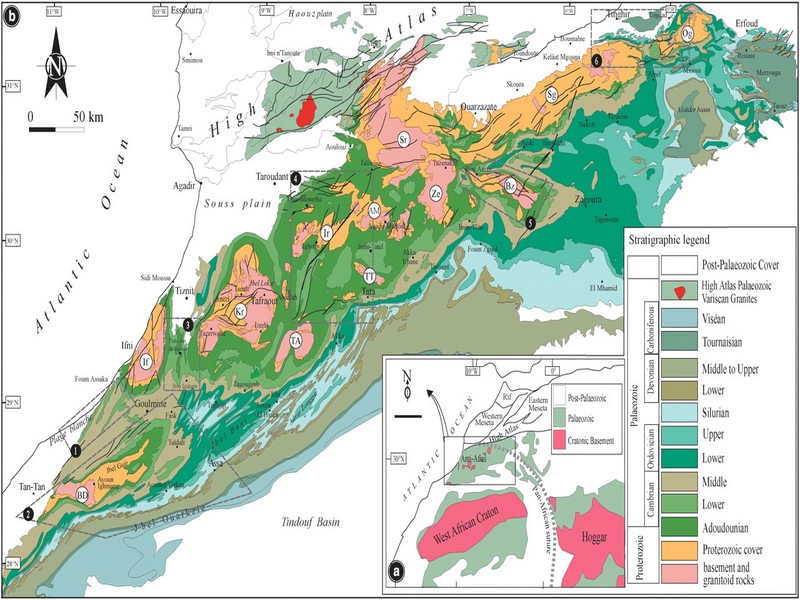
A short overview of the Anti-Atlas, Morocco
DR.Hervé Rezeau, DR.Cyril Chelle-Michou & DR.Michael Calder
SEG Student Chapter of Geneva (Switzerland)
SEG Student Chapter of Montpellier (France)
INTRODUCTION
Geology of Morocco has been subdivided into four structural domains, from north to south they are the following: the Rif domain, the Meseta domain, the High Atlas, and the Anti-Atlas, as they are shown in (Figure 1).
The Rif Range extends along the Mediterranean coast from the Kabylian-Tellian belts up to the Strait of Gibraltar. South of it, the Meseta domain is located, where elevated plateaus and intramontane basins occur. Further south the High Atlas system is found, which displays several massifs close to 4000 m, including the highest peak of northern Africa (Jebel Toubkal). The Middle Atlas represents a branch of the Atlas system that extends obliquely across the Meseta domain, and exceeds 3000 m in elevation. Finally, the Anti-Atlas domain is found, which rises forming a massive mountain that achieves up to 2700 m. Further south the elevation decreases both southward and westward from ca. 1000 m to less than 200 m close to the Atlantic.
Figure 1: Elevation map of Morocco and neighbouring countries from GTOPO30 database (A. Michard et al. 2008)
GEOLOGICAL SETTING OF THE ANTI-ATLAS
The Anti-Atlas mountain belt is located in the northern part of the West African Craton (WAC). It is stretching NE-SW and is characterized by Precambrian to late Proterozoic rocks covered by younger sediments of Edicaran to Cambrian in age. The geological boundary between the Anti-Atlas and High Atlas is structurally marked by the South Atlas fault (SAF) (Fig.2). The Anti-Atlas massif is a zone of wide domal uplift with much weaker Alpine age deformation. The volcanics and conglomerates rocks from the Ouarzazate & Bou Salda group in the North-East are surrounding the older volcanics rocks
The Anti-Atlas mountain belt is located in the northern part of the West African Craton (WAC). It is stretching NE-SW and is characterized by Precambrian to late Proterozoic rocks covered by younger sediments of Edicaran to Cambrian in age. The geological boundary between the Anti-Atlas and High Atlas is structurally marked by the South Atlas fault (SAF) (Fig.2). The Anti-Atlas massif is a zone of wide domal uplift with much weaker Alpine age deformation. The volcanics and conglomerates rocks from the Ouarzazate & Bou Salda group in the North-East are surrounding the older volcanics rocks and turbidite sequences from the Sahgro Group and the Pan-African granite intrusions. This geomorphological feature is commonly called inliers (“boutonnière” in French) and is the result of an exposed older rock formation surrounded by younger rock, and is due to a high erosion rate of rocks with different hardness but also encouraged by deformation such as folding and faulting (Gasquet et al. 2005). Several slivers of ophiolites are present in the Anti-Atlas belt, the best preserved are situated in the Bou Azzer, Siroua and Iriri region, which represent remnant of an ocean closure. The basement is composed of schists, granites and mylonites of Paleoproterozoic age. The latest Variscan and Alpine orogenic events overprint most of the Anti-Atlas geological province and thus complicate the Pre- Cambrian geodynamic interpretation. However, two main periods of tectono-thermal magmatic activity (Gasquet et al. 2005) are now recognised :
(i)A Palaeoproterozoic period, corresponding to the Eburnean (Birimian) orogeny,
(ii)A Neoproterozoic period, corresponding to the Pan-African orogeny.
Figure 2: Schematic map of the Anti-Atlas Precambrian inliers (Boutonnière), and location of the maps, satellite views and lithospheric profile presented hereafter (Gasquet et al. 2008)
Source web : DR.Hervé Rezeau, DR.Cyril Chelle-Michou & DR.Michael Calder unige.ch
Les articles en relation
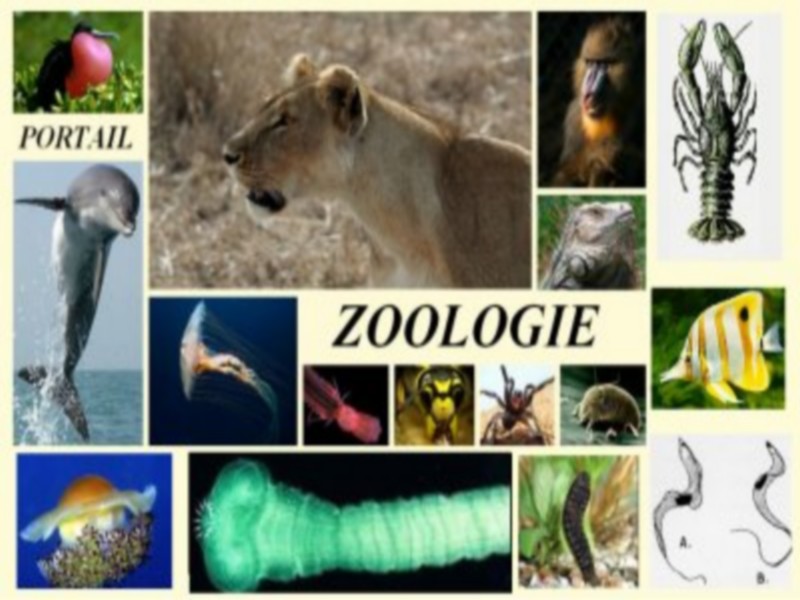
La zoologie
Que signifie zoologie ? La zoologie est une branche de la biologie, une science qui concerne l'étude du règne animal, à la fois vivant et éteint (en paléozoologie), dont le spécialiste es
Savoir plus...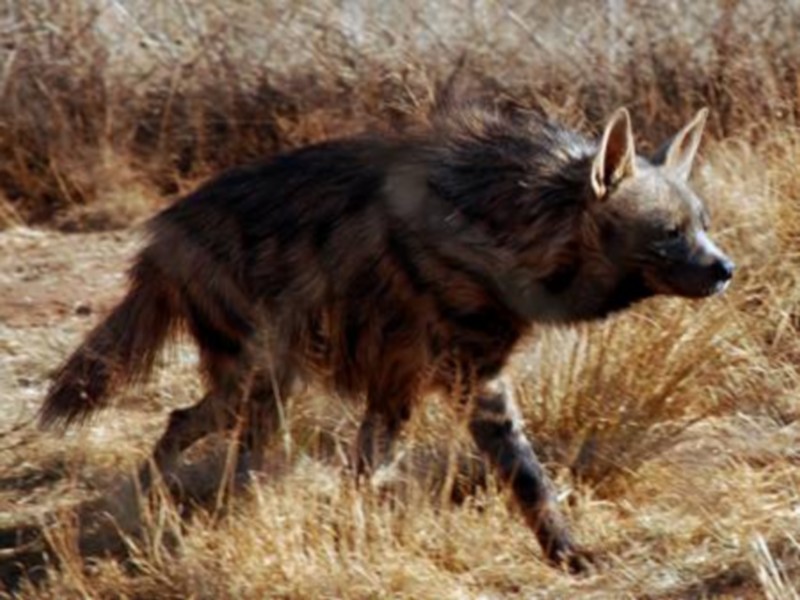
La Hyène rayée
La Hyène rayée Issue du genre « Hyaena », la Hyène rayée fréquente les régions sèches ou désertiques. On la trouve notamment dans la région du bas Drâa
Savoir plus...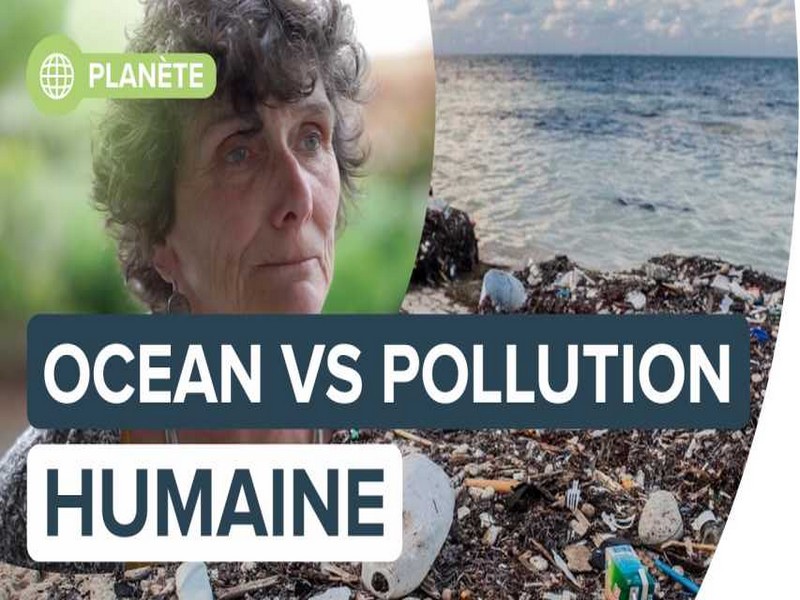
L'Océan en danger face à l'exploitation et la pollution humaine
L'Océan en danger face à l'exploitation et la pollution humaine Dans cette vidéo, Isabelle Autissier, la présidente du WWF France répond à nos questions sur la biodiversité mar
Savoir plus...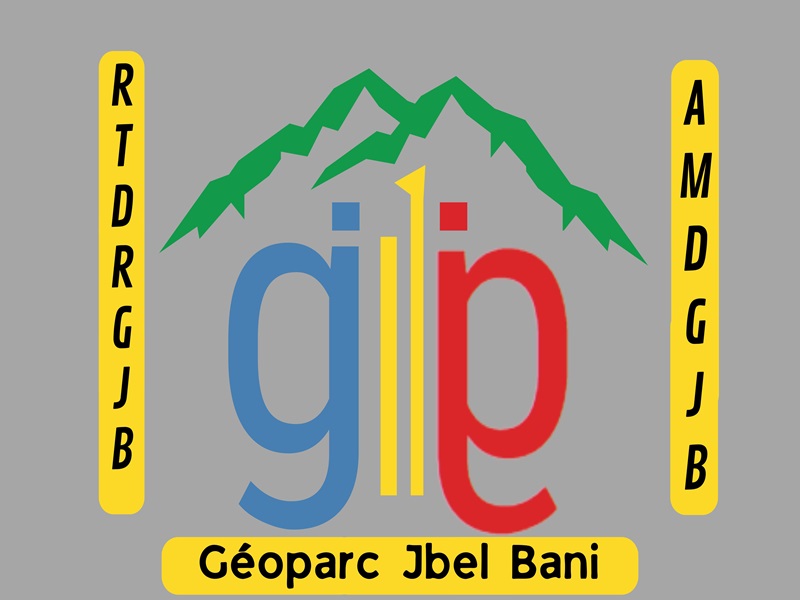
Géoparc Jbel Bani Un Levier pour un Développement Durable, Inclusif, et Scientifiquement Valorisé
Géoparc Jbel Bani Un Levier pour un Développement Durable, Inclusif, et Scientifiquement Valorisé Au cœur du Sud Marocain, le Géoparc Jbel Bani émerge comme une initiative dynamique ancr&ea
Savoir plus...
Les éclipses de Soleil ont permis de grandes découvertes scientifiques
Les éclipses de Soleil ont permis de grandes découvertes scientifiques Depuis plus de 2.000 ans, les éclipses de Soleil ont permis des bonds de géant en astronomie. Par des méthodes astucieuses, des
Savoir plus...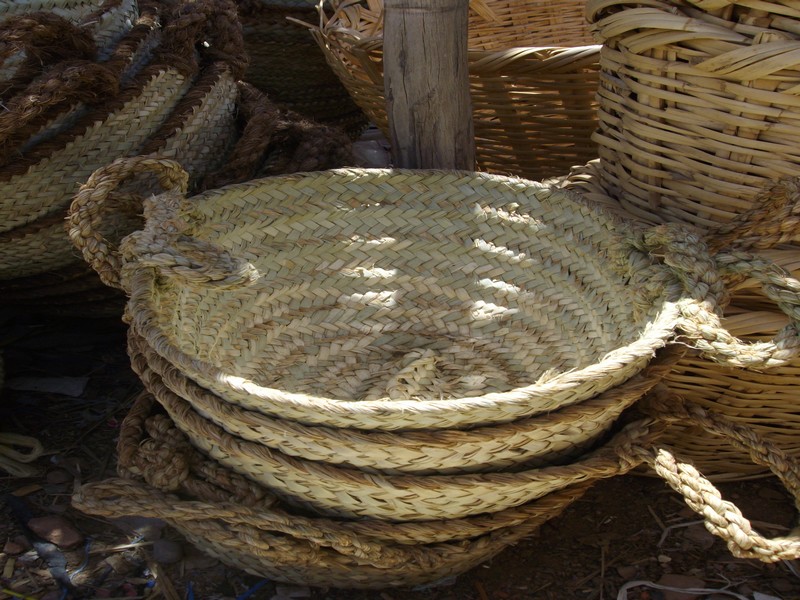
Zagora ...Shopping & Artisanat Draa..
Zagora ...Shopping & Artisanat Draa.. les sandales de Zagora Les sandales de Zagora appelé idoukane originaire de nom amazigh, sont des sondales que les maharistes et les randonneurs portes, mais se sont des sandale
Savoir plus...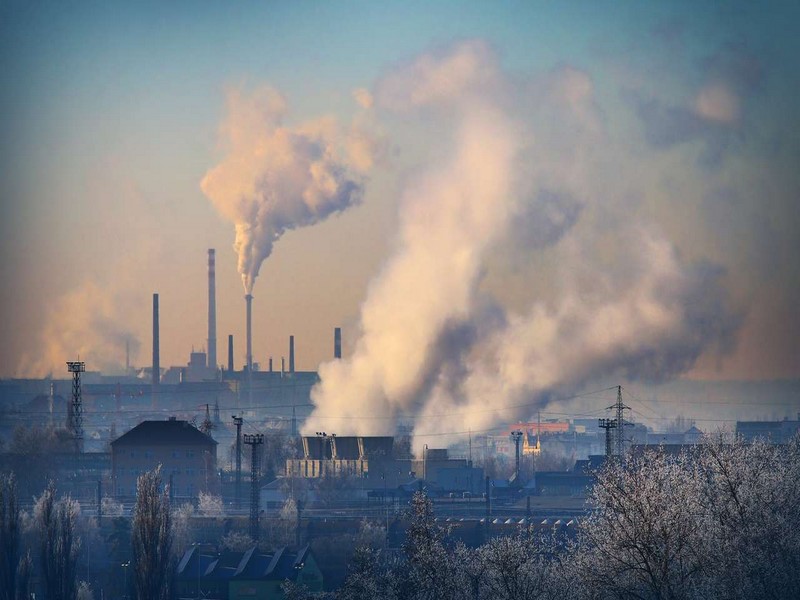
Gaz à effet de serre : CO2 ou méthane, quel est le pire ?
Gaz à effet de serre : CO2 ou méthane, quel est le pire ? Le dioxyde de carbone et le méthane sont parmi les gaz à effet de serre les plus connus. L'augmentation de leur émission dans l'atmo
Savoir plus...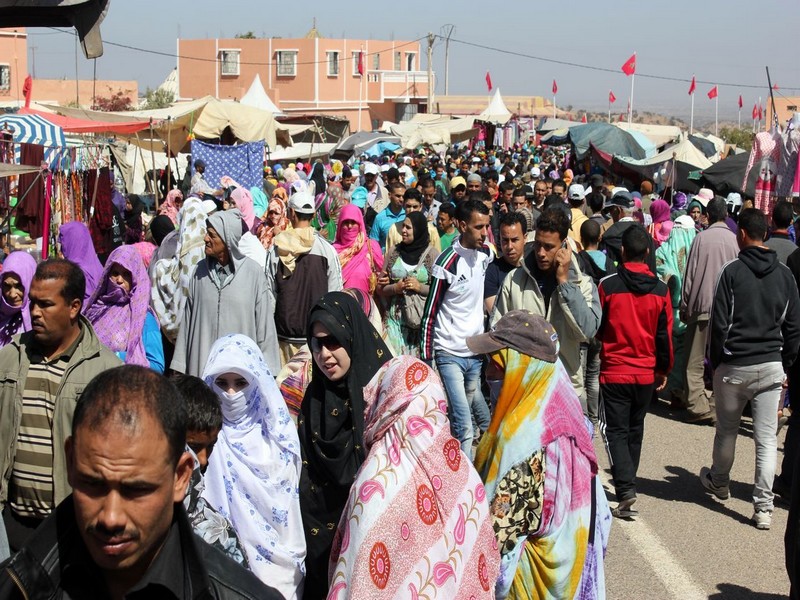
Les Moussems et les Manifestations sociales et culturelles
Les Moussems et les Manifestations sociales et culturelles Le moussem n’est pas que chevauchées et agapes, foules colorées, danses artistiques, ais il constitue aussi l’événement régiona
Savoir plus...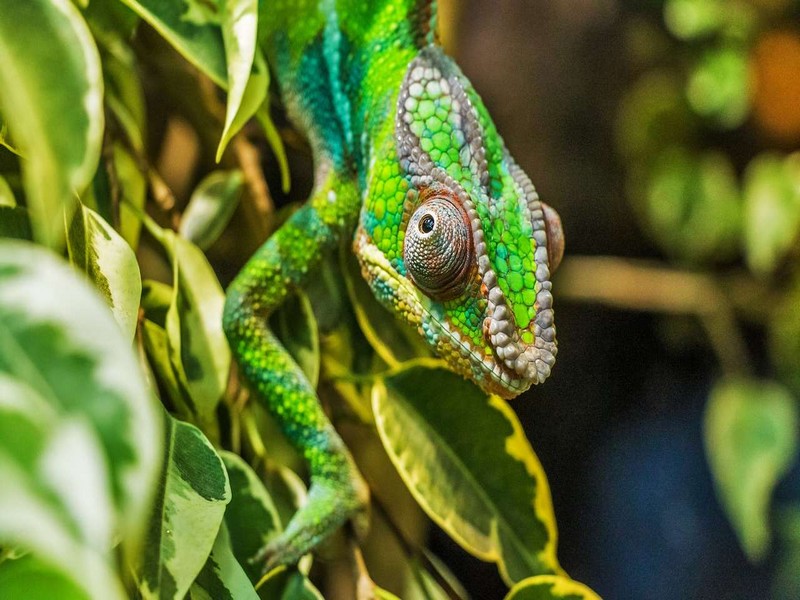
Comment le caméléon change-t-il de couleur ?
Comment le caméléon change-t-il de couleur ? Le caméléon est célèbre pour sa capacité à changer de couleur et à se camoufler dans son environnement. Mais comment fait-il
Savoir plus...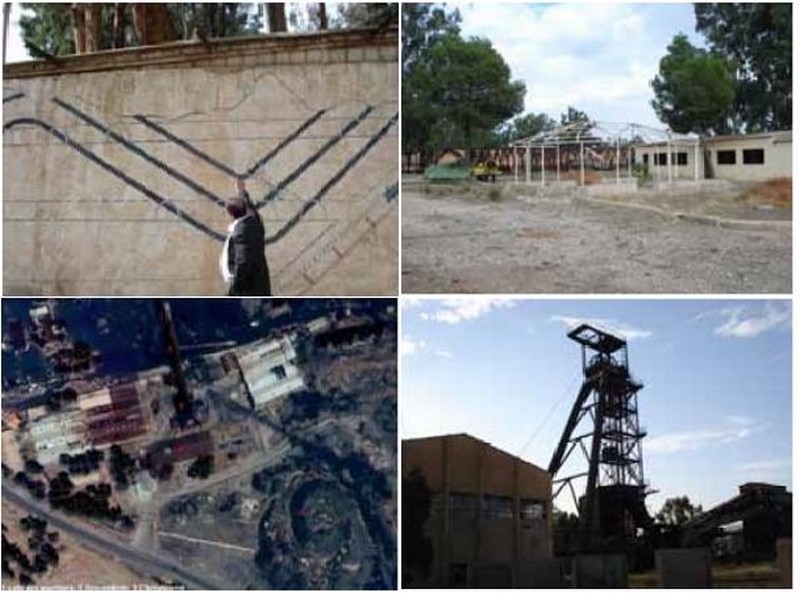
Un bref éclairage sur les friches industrielles pour Abdelmalek FIzAzI
Un bref éclairage sur les friches industrielles pour Abdelmalek FIzAzI Abdelmalek FIzAzI Archéologue, expert-consultant auprès de l’Agence de l’Oriental (Rabat) la reconversion de la friche ind
Savoir plus...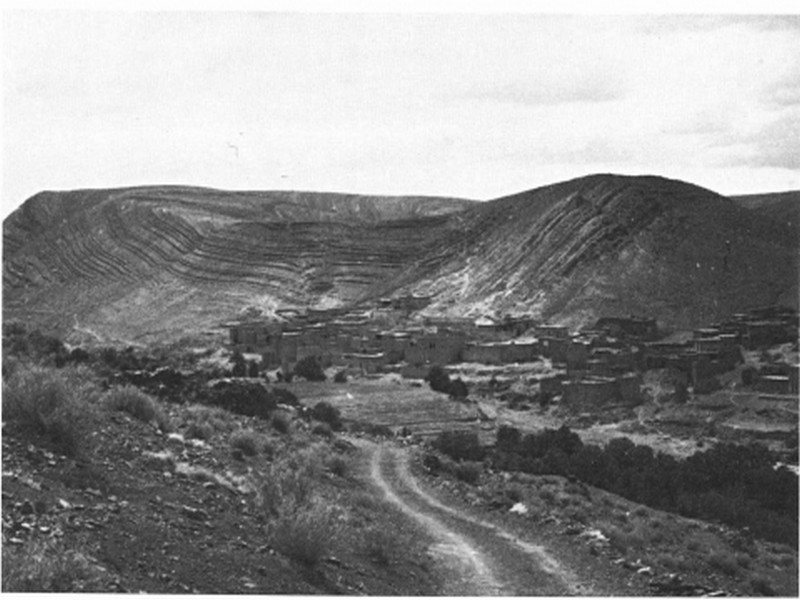
La genèse du relief : paroxysme hercynien et rajeunissement fini Tertiaire Pour J. Riser (l’Anti-Atlas)
La genèse du relief : paroxysme hercynien et rajeunissement fini Tertiaire Pour J. Riser (l’Anti-Atlas) 3L’histoire géologique de l’Anti-Atlas est aussi longue et complexe que celle du craton africain
Savoir plus...Les tags en relation
En savoir plus sur " Géologie et TSGJB - AMDGJB "
Consulter les vidéos de " Géologie et TSGJB - AMDGJB " Consulter les photos de " Géologie et TSGJB - AMDGJB " Consulter les publications de " Géologie et TSGJB - AMDGJB " Consulter les éditions de " Géologie et TSGJB - AMDGJB " Consulter les communications de " Géologie et TSGJB - AMDGJB "Recherche du site
Recherche avancée / Spécifique
Géoparc et Recherche Scientifique
Le coins de l’étudiant



Blog Géoparc Jbel Bani
Dictionnaire scientifique
Plus de 123.000 mots scientifiques
Les publications
Géo parc Jbel Bani

Circuits & excursions touristiques

cartothéques


Photothéques
Publications & éditions



